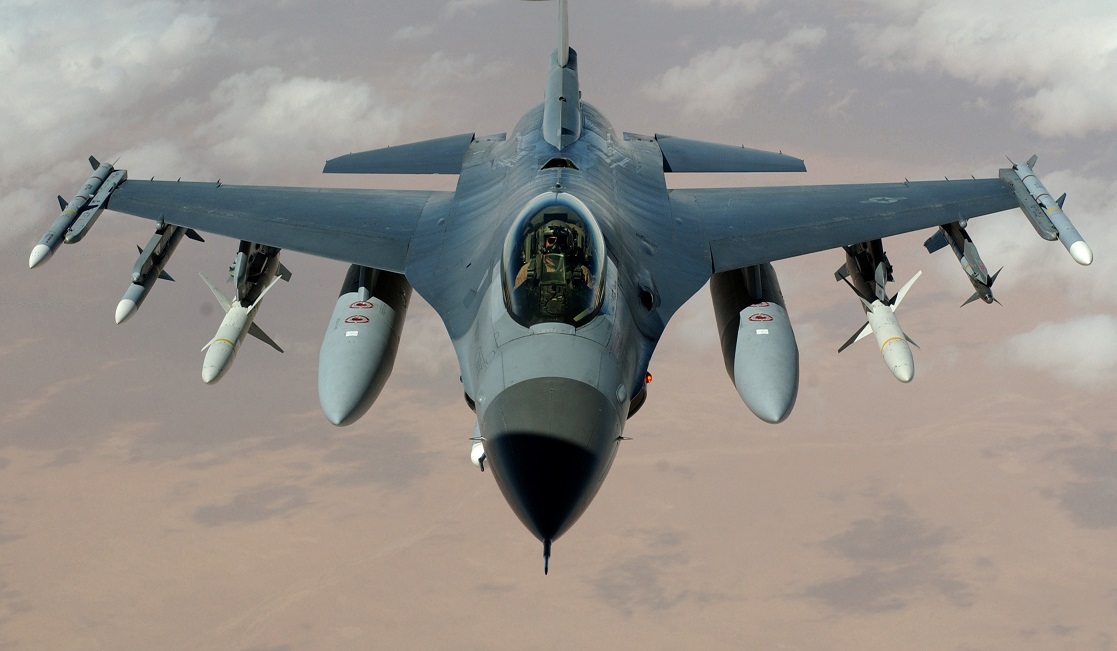This post is also available in:
 עברית (Hebrew)
עברית (Hebrew)
Manned-unmanned teaming could serve a broad array of missions such as air superiority, strike, intelligence, surveillance and reconnaissance, and electronic warfare. Autonomous platforms can also be stationed abroad as a deterrent to adversaries without the personnel and logistical requirements that are currently associated with a manned asset.
A new report claims that the US Air Force is on the technological cusp of flying manned combat aircraft in tandem with unmanned systems, basing on advancements achieved in autonomy, processing power and information exchange capabilities
The Mitchell Institute for Aerospace Studies policy paper titled “Manned-Unmanned Aircraft Teaming: Taking Combat Airpower to the Next Level” encourages the Air Force to pursue a partnering concept where a manned F-35 joint strike fighter could potentially team up with autonomously operated F-16 multirole fighters for a variety of missions. That could speed up decision-making, bring down costs and fill capability gaps until new assets come online.
The service could benefit from taking retired platforms and incorporating autonomous capabilities that can gather, manage and prioritize information to make a command decision in a combat situation more rapidly than a human operator, said Douglas Birkey, executive director of the Mitchell Institute.
In 2017, the Air Force Research Laboratory and Lockheed Martin’s SkunkWorks unit successfully demonstrated how manned-unmanned teaming could boost combat efficiency as part of the “loyal wingman” effort. An experimental F-16 aircraft autonomously reacted to a threat environment during an air-to-ground strike mission demonstration as part of the Have Raider II effort.
Pentagon science-and-technology organizations such as the Air Force Research Laboratory and the Defense Advanced Research Projects Agency are working on autonomous capabilities that could become part of this future concept.


























